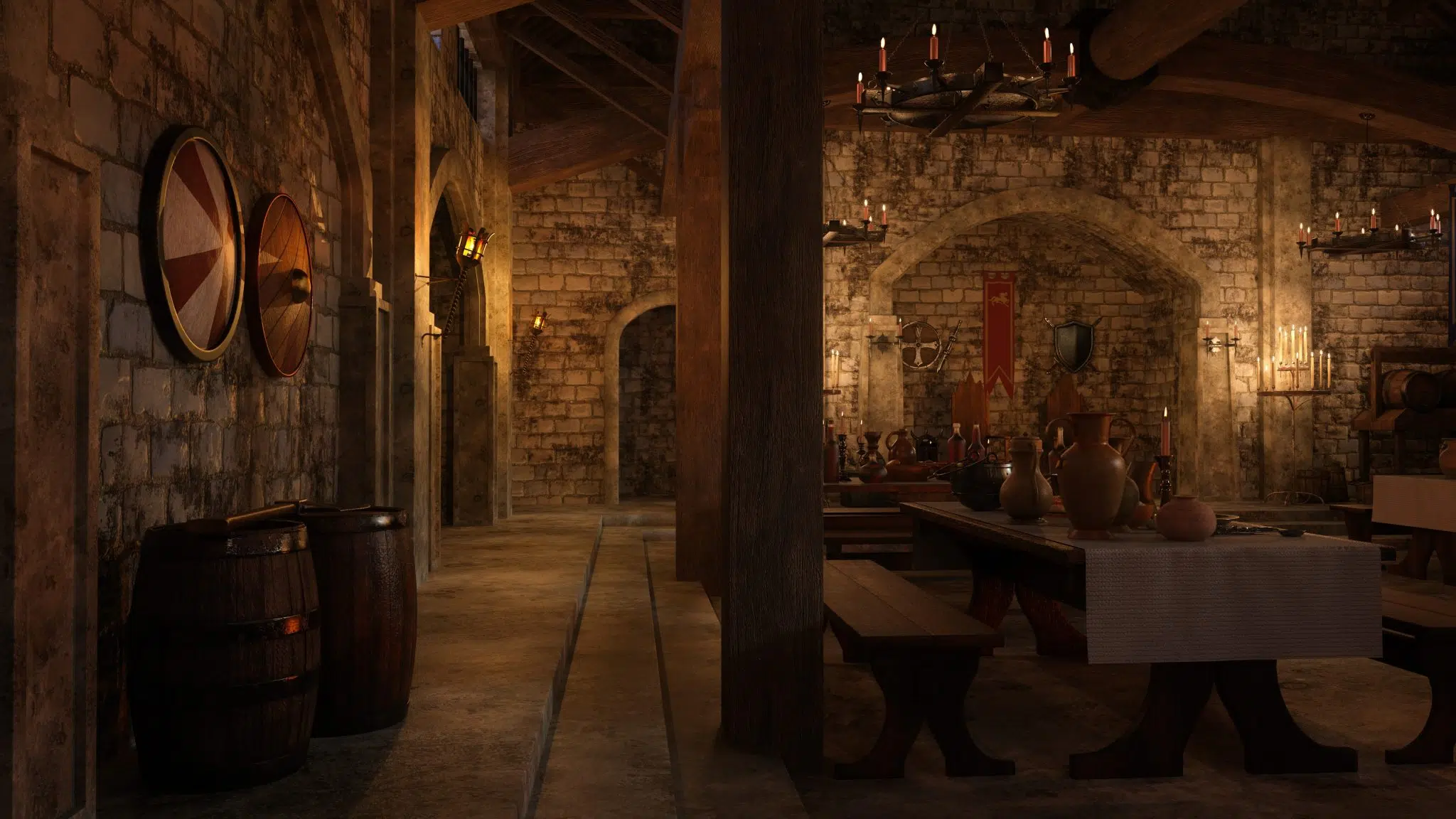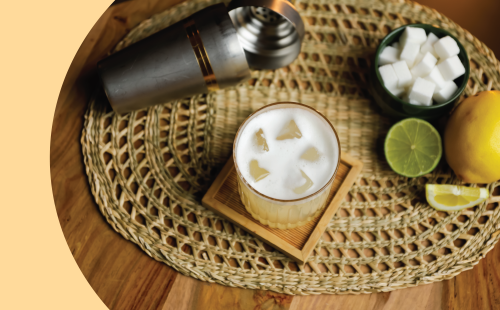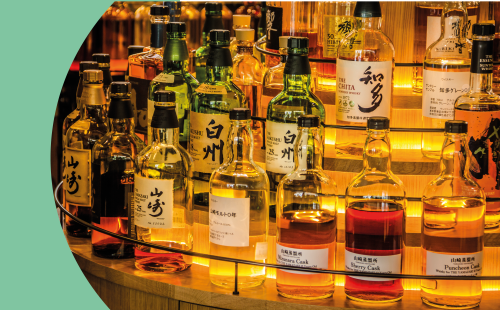The image of a pub—or Public house, as it was originally called—evokes scenes of merriment, familiarity and fond moments. Pubs have long been a cornerstone of British social life and culture, complementing the lively culture of the isles.
Pull up a seat as we dig into the varied and long history of pubs from historic to modern times.
Origins and Early History

The history of public houses can be traced back to Roman times. When the Romans invaded Britain in 43 AD, they brought with them their own drinking establishments known as “tabernae.”
These taverns served as places where travelers could rest, eat, and drink. These establishments persisted in one form or another throughout the Anglo-Saxon period, eventually evolving into what were known as “alehouses.”
The Middle Ages
By the Middle Ages, alehouses had become an integral part of English village life. They were typically family-run businesses, where homemade ale was brewed and sold, a sort of microbrewery of old.

Curiously enough, these early pubs were often nothing more than a room in someone’s home where ale was served, rather humble establishments.
As more popped up, alehouses, taverns, and inns began to distinguish themselves from one another based on the services they offered. Taverns were more upscale and often served wine, while inns provided lodging for travelers. Whatever their purpose, their prevalence continued growing.
The Tudor and Stuart Eras
The Tudor period saw significant changes in the regulation and structure of pubs, with formal legislation going into effect.
The Alehouse Act of 1552 required alehouse keepers to be licensed by magistrates, marking the beginning of government regulation of the industry.
During the Stuart era, pubs became more elaborate and began to offer a wider variety of alcoholic beverages, including imported wines and spirits. The architecture of pubs also became more distinctive, with the introduction of iconic features such as signboards, used to advertise the establishment to the largely illiterate population.

The Industrial Revolution
The Industrial Revolution in the 18th and 19th centuries quickly took pubs to the next stage. Rapid urbanization led to the establishment of many new pubs in growing towns and cities, as people sought places of socialization in increasingly populous towns.
This new era of urban pubs often catered to the working class becoming key points of relaxation after grueling long hours in factories.
Also during this period, breweries began to play a more significant role in pub ownership, leading to the rise of tied houses—pubs that were owned by breweries and sold only their beer.
The 20th Century
The volatility of the 20th century brought the onset of yet more changes. The World Wars and the subsequent economic hardships led to a decline in the number of pubs, but those that survived adapted by expanding their offerings.
Food became an increasingly important part of the pub experience, and many pubs began to rebrand themselves as gastropubs—still found today—offering high-quality meals alongside traditional ales and beers.

The latter half of the 20th century also saw the rise of pub chains, with companies like J.D. Wetherspoon leading the way in creating standardized pub experiences across multiple locations.
This period also saw a renewed interest in traditional ales and the beginning of the craft beer movement, which has since had a significant impact on pub culture.
The Modern Era
Today, pubs continue to be a vital part of British culture, though they face new challenges and opportunities. The smoking ban of 2007, changing drinking habits, and the COVID-19 pandemic have all posed significant challenges to the industry.
However, pubs have shown remarkable resilience and adaptability, with many embracing new technologies, offering takeaway services, and creating outdoor seating areas to comply with health regulations.

Modern pubs are more diverse than ever, ranging from traditional, centuries-old establishments to contemporary bars and gastropubs. They serve as community centers, dining destinations, and cultural landmarks. Pubs continue to evolve, but their core function as places of socialization, relaxation, and community remains unchanged.





